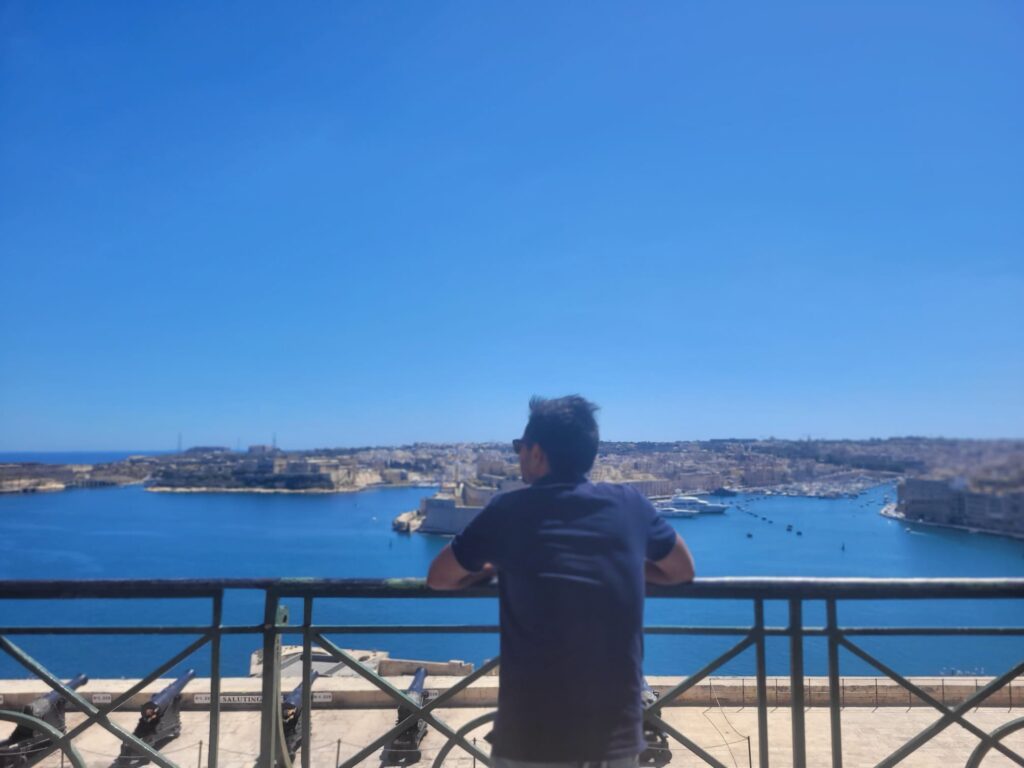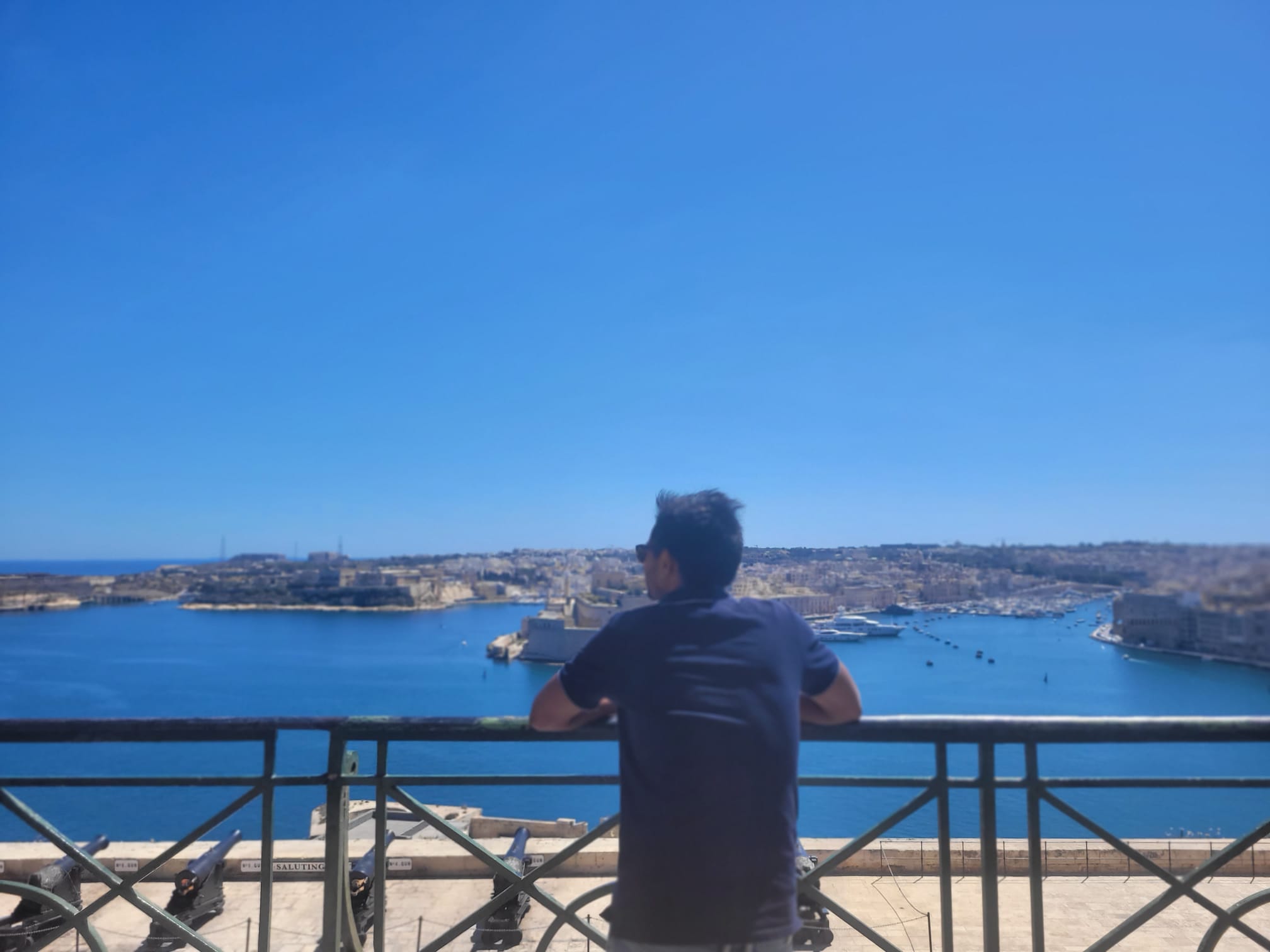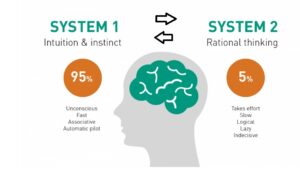
What is self-awareness?
Just a couple of weeks back my dishwasher broke down. I bought a new one and paid for the device to be installed at my house. The technicians came and installed the device, but while doing it they made a mess in my kitchen and left one pipe leaking. All of which I had to fix on a work day after having paid for the service. I felt angry and irritated through the day and wasn’t able to focus well at work. I was conscious of my state of mind on the day. Being able to see these feelings within oneself, anger and irritation in this case, is self-awareness in its most basic form. This was a very simple example with a fresh event leading to certain emotions and state of mind within me. At a more complex level there can be much more deeply entrenched events in our sub-conscious mostly through our experiences during childhood and early adult life which build our thought process and drive our conscious actions.
Here is another more complex example of how sub-conscious beliefs can impact our everyday life. The other day one of my friends was narrating to me how he has been risk-averse throughout his adult life. He was reflecting on how his life would have been different, more adventurous had he taken the opportunities which came his way. He said, even today if that opportunity came infront of him he would not be able to make himself take the risk with the new job even though he understood the risk was quite low. We together explored on what thoughts came up instinctively in his mind when he thought about the risk associated with these new opportunities. He mentioned about his difficult/lower middle class childhood which had made him realize the importance of job security and associated financial security. We went deeper into the reasons but the example was just to show how we can go from the conscious thought (I am risk-averse person) to the associated sub-conscious defence mechanism (I want to be safe and I want my family to be safe at all costs) if we are willing to explore our mind. The same logic can be applied to any part of our personality. Why do some people always avoid conflicts or why are some people shy to approach others or why can’t someone control their anger in specific situations? The answer to all these questions lie in the sub-conscious part of our brain. And the way to access the sub-conscious is through building self-awareness.
Building self-awareness requires courage. Most of us want to see ourselves as just, good and as someone with high moral values. Once we start exploring our sub-conscious we may find that some of our thoughts and beliefs are not what we think we are and therefore require courage to explore, unearth and accept. The sub-conscious mind doesn’t care about good or bad, it just wants to ensure survival. For example, in my friend’s case the sub-conscious belief is that financial safety is paramount and this defensive mechanism leads to the risk averseness in all conscious decisions in his life. Being aware of the deeply entrenched sub-conscious beliefs and defense mechanisms which drives our habits and actions in everyday life is the first step towards any change we desire in our lives.
Popular research has spoken about two kinds of self-awareness:
Internal self-awareness: awareness and understanding of own thoughts and beliefs
External self-awareness: understanding how people around us perceive us
The focus of this article is internal self-awareness (which I will simply call self-awareness) as I think understanding internal self is much more critical than understanding how others perceive us. Once you know and understand self and are comfortable with who you are, then I think external self-awareness becomes much less relevant. Infact, in most circumstances, there is no need to reconcile the gap between how we see us (internal self-awareness) and how the world sees us (external self-awareness) unless our actions are harmful to the larger community.
Why do some people have it and some don’t?
As humans we all have the ability to be self-aware. This is one key characteristic where humans differ from other mammals. No other animal has the ability to reflect on their own thoughts. Based on research, self-awareness starts to develop at the age of 4-5 years as we start to understand the world around us. But right at the same time there are influences from parents, relatives, friends and people around us which starts to shape our personality. Beyond that there are influences of internet and social media which have further reduced the opportunity to stop and reflect. Our lives are more and more shaped by what we see around us without giving enough time to understand who we are. Mind you there is no course at school which teaches self-awareness, its importance and how to cultivate it. Therefore, most people go through life barely recognizing its presence and even if they do the awareness is limited to thoughts at the conscious level. If the emotion is visible to us in our conscious brain then it is easier to understand why we are acting a certain way. But if there is no clear conscious trigger for our actions then the answers most definitely lies in the sub-conscious realm. The sub-conscious is where the real gold of self-understanding resides.
Conscious and Sub-conscious mind
Our brain can be divided into two distinct yet connected systems: the conscious and the sub-conscious mind. As the word suggests, “the conscious” part of the brain are thoughts, feelings and emotions which are in our awareness. This is also called the “thinking mind” since we can rationalize across different options and choose a path forward.
The sub-conscious mind consists of thoughts, beliefs, desires and defensive mechanisms which are outside of our awareness. Think of the conscious and sub-conscious mind as an iceberg with part above the water being the conscious brain and part below the water sub-conscious. The sub-conscious constitutes 90-95% of our character/personality, our thought patterns. This is the super computer which is actually running our lives and most of us live through life without even knowing of its existence. Think of the sub-conscious mind as part of the brain which is only focused on our survival. Right from our heart beating, our bodies functioning properly, walking, running all actions we perform “unconsciously” are done through the sub-conscious mind. Once we are truly self-aware we begin to understand our sub-conscious thoughts and how these impact our lives in a positive or negative way.

How to cultivate the habit of self-awareness
The most important medium of cultivating self-awareness is to be ready to spend time with self. Spend time thinking about your experiences, being curious about why I acted a certain way. Remember it is not about the right or wrong. Don’t think of this as trying to prove to yourself whether you acted the right way or not. Instead, it helps thinking about the “why”. Think about the belief system from where the action is originating. Here are a few ways to deliberately practice self-awareness.
- Journaling: One of the best ways to understand your own thought process is through writing. Take one/two instances daily and write about the incident. : According to scientific evidence, sub-conscious mind is the most active early morning. Spending even 10-15 minutes in the morning reflecting can help understand your deeper thought process. It might sound counter-intuitive, but in these sessions write without thinking. Once you start thinking you start involving your conscious mind and the idea of this exercise is to understand the sub-conscious (“the auto-mode). Write in the language you are most comfortable.
- Meditation: Sit and meditate for ten minutes, with your only task being observing the thoughts which come along without engaging with them. In my experience a lot of the initial thoughts are from the conscious mind but as you get deeper into the session the thoughts start to arise from the sub-conscious mind. Don’t engage just observe them as these thoughts slowly percolate into your consciousness. Meditation does take practice if you are not used to it, so be patient.
- Exercising: Physical activities like running and cycling also give you the opportunity to reflect and think. This is more relevant at slower/comfortable speed. Once we get through the initial resistance of the body to movement, exercising can take you into a meditative state.




